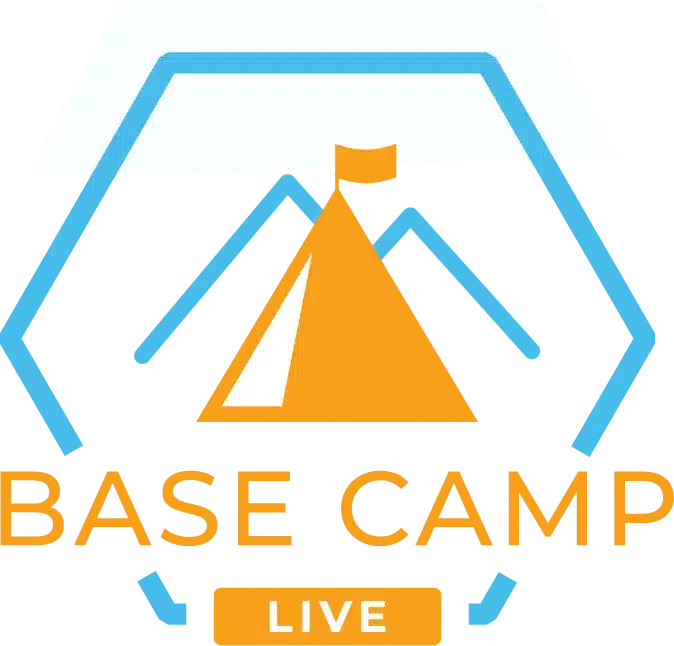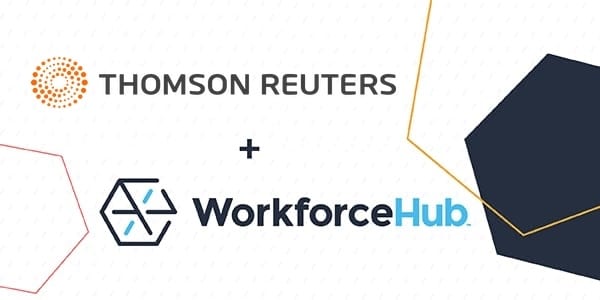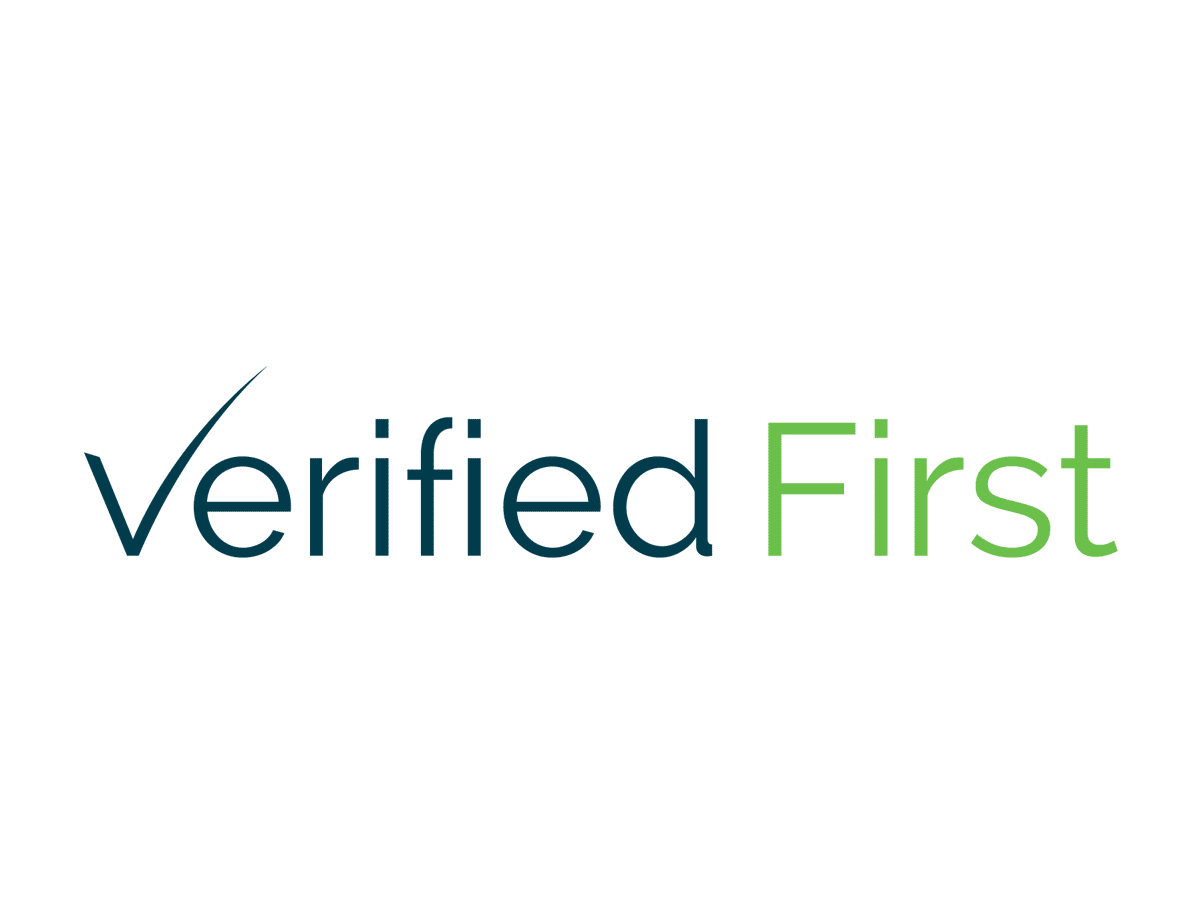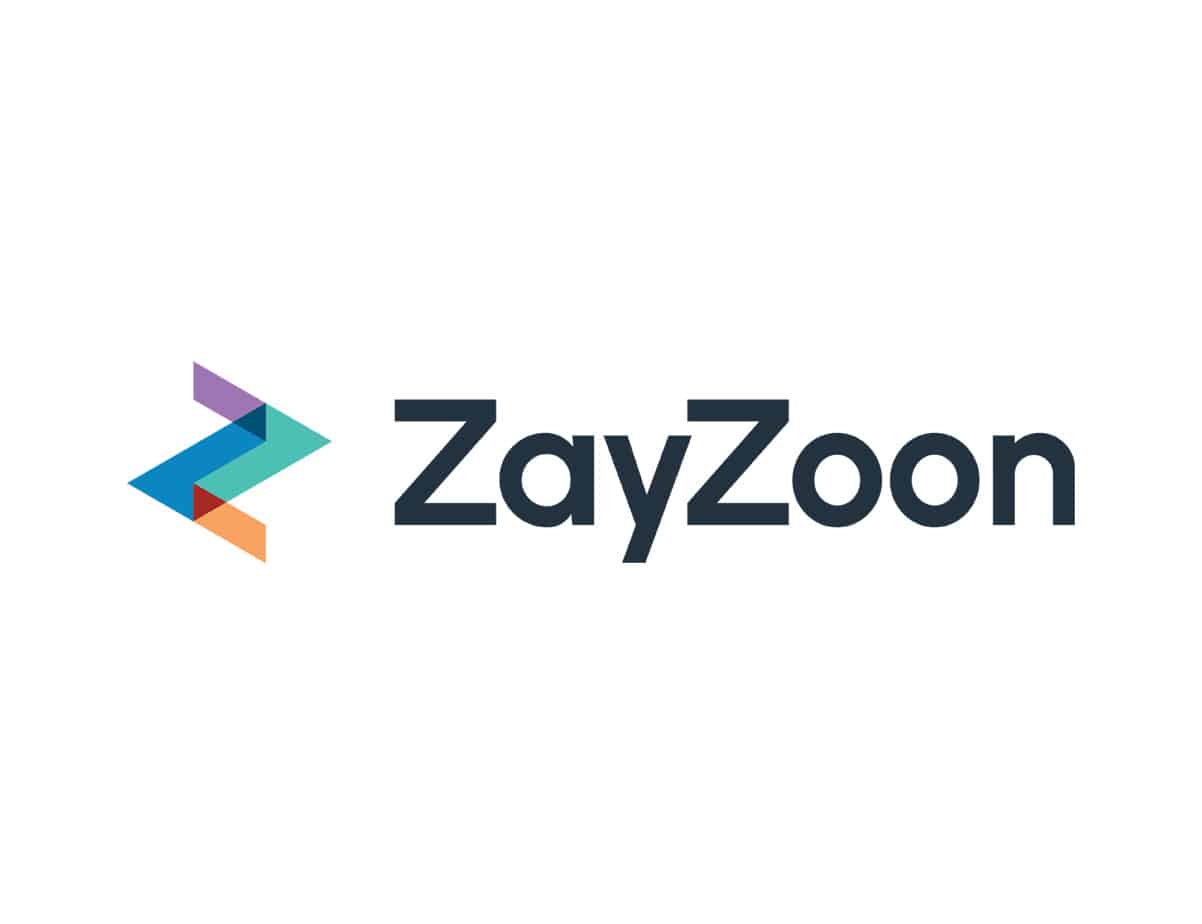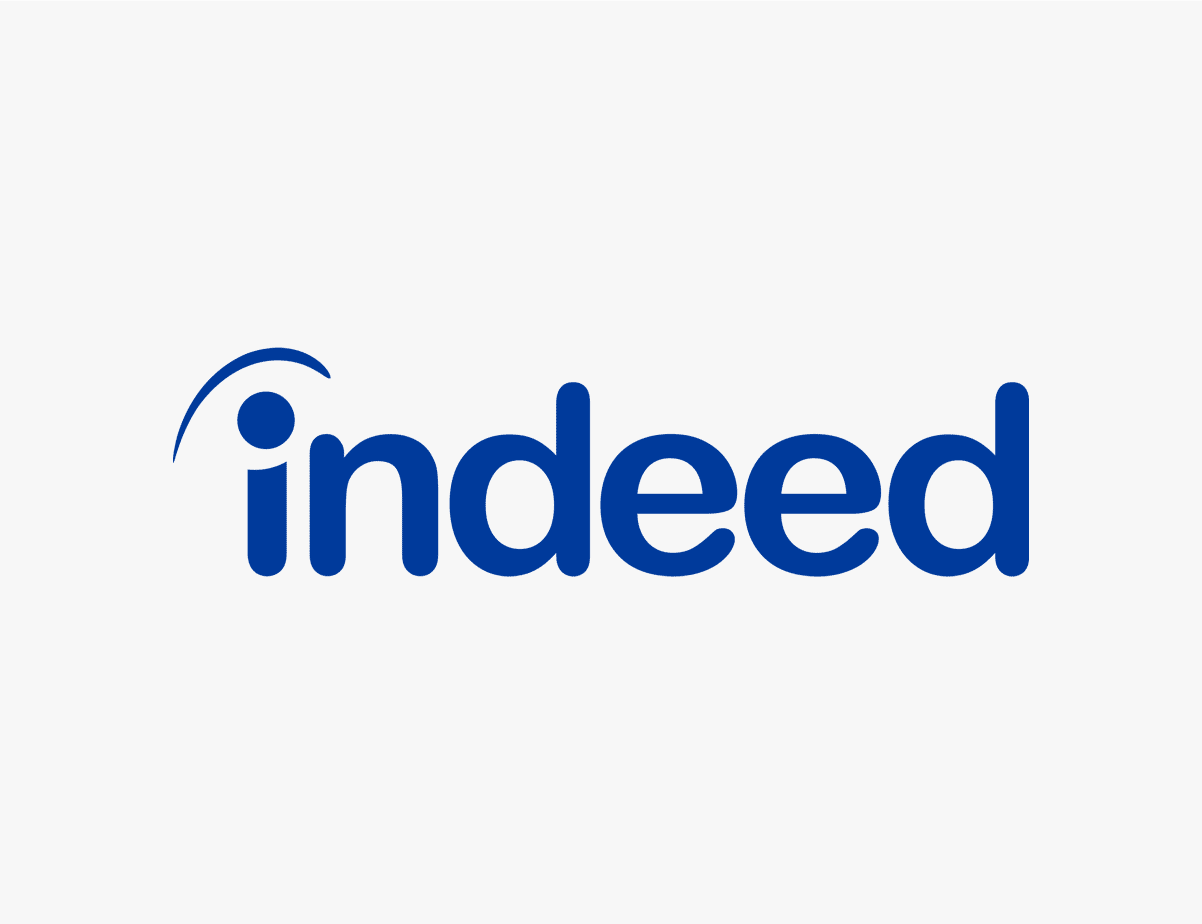The Fair Labor Standards Act (FLSA) has been in effect since 1938, although changes have been made over the years. President Roosevelt signed it into law on October 24, 1938, marking a new level of protections for workers. The current version includes federal thresholds for overtime that apply to most companies operating in the U.S. Employers must remain on top of the regulations to ensure compliance.
What to Know About FLSA Thresholds
Under the FLSA, certain thresholds apply. The responsibility to monitor and adhere to these regulations falls on the employer.
- Standard Overtime Rate: All non-exempt employees are entitled to overtime pay (at a rate of one-and-a-half times their regular rate of pay) for all hours worked over 40 during a workweek.
- Salary Basis Test: Employees must meet certain requirements to be exempt from receiving overtime pay, including a salary requirement. The 2022 OT exemption threshold is $684 per week (or $35,568 per year).
- Note: A pending rule proposed at the end of August 2023 would increase the amount to $55,068 per year.
- Duties Test: Along with the salary basis test, an employee must meet certain duties requirements to qualify for an OT exemption. The FLSA defines these exemptions as professional, computer, executive, and administrative duties.
- Highly compensated employees may also be held at a higher salary threshold. The 2022 total annual compensation requirement is $107,432.
- Note: The pending rule proposed at the end of August 2023 would increase the amount to $143,988 per year.
Individual states may also have more stringent overtime laws in effect. Employers must comply with the stricter law that applies.
Managing Overtime Regulations
Your clients may be struggling to manage the regulations set forth in the FLSA. But with the right tools, staying on top of the changing rules and ensuring compliance become easier.
Tracking employee time is an absolute must when it comes to complying with the FLSA. This practice produces the records needed should a business face an audit, as well as helps supervisors to manage OT and ensure accurate pay.
With WorkforceHub, it’s easy to manage employee time and labor. As a Swipeclock partner, you can provide this solution to your clients to help them stay compliant with the rules imposed by the FLSA.
Here’s how the solution can benefit your clients:
- Automated time-tracking: Fewer errors with accurate time records that are always accessible.
- Employee approval: Employees can approve their time data prior to payroll processing, mitigating the risk of errors and frustration.
- Scheduling tools: Managers can build employee schedules to minimize overtime risks, as well as receive alerts and notifications when their team members are nearing 40+ hours in a workweek.
- Payroll Review Wizard: This useful tool enables managers to review time records for accuracy before moving to payroll, reducing mistakes that require expensive corrections.
- System setup: When setting up the system, employers can classify employees as exempt vs. non-exempt, monitoring hours accordingly.
Explore the Swipeclock Partner Program to get access to these valuable benefits for your clients. We partner with financial professionals, PEOs, payroll providers, and many others to ensure access to a time and labor solution built for small business needs.
- All About the Corporate Transparency Act and Your Clients - April 19, 2024
- Swipeclock Announces Enhanced Integration between WorkforceHub Advanced and Execupay PlatinumPay Xpress - April 15, 2024
- Base Camp Live Session #1 Wrap-Up - March 14, 2024






